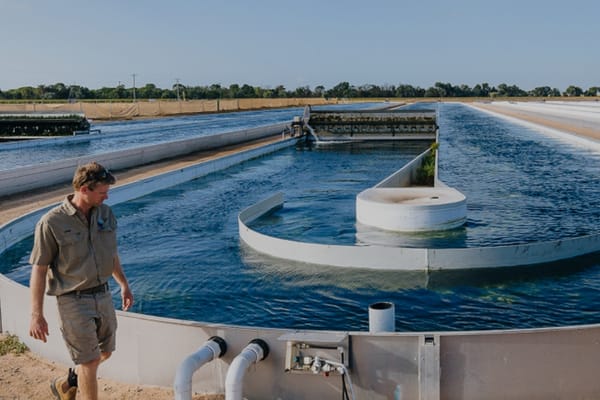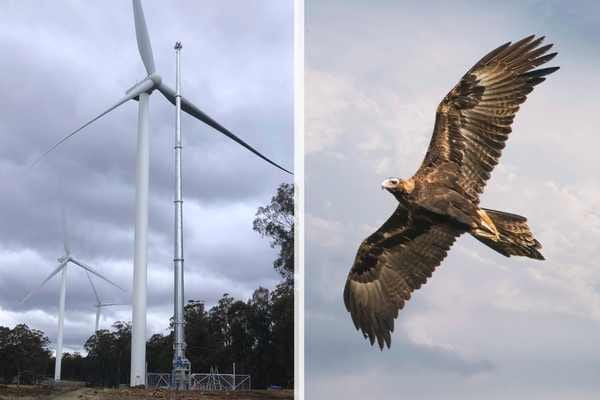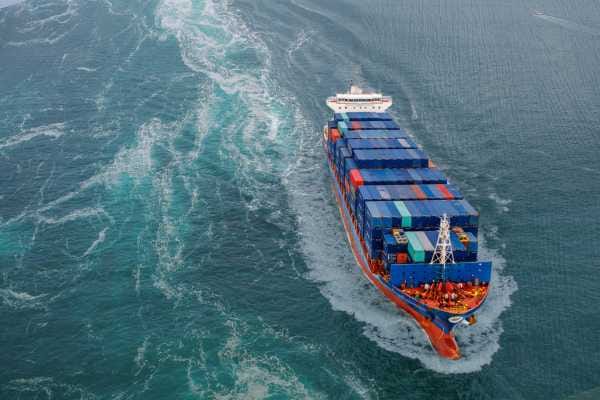Giant cables will transport sunshine under the sea
A massive solar farm in Australia's Northern Territory will one day send electricity to Singapore via high-voltage undersea cables.

A $2 billion manufacturing plant could soon be churning out high voltage undersea cable to transport solar energy from the Australian desert to export markets.
Australian tech billionaire Mike Cannon-Brookes is behind AAPowerLink, the flagship project of his company SunCable, which plans to send energy generated by the sun to Singapore via high-voltage undersea cable.
The plan is to manufacture these cables in Tasmania in a tower up to 200 meters high. The advanced high-voltage subsea cable manufacturing facility plant will employ 400 people and construction is expected to happen in 2025 subject to community consultation and regulatory approvals.
The solar energy will be sourced from a massive 12,000-ha solar farm in the Northern Territory, with the power to be sent 800km to Darwin on the northern tip 0f Australia, and then on to Singapore.
SunCable was previously owned by two of Australia's richest people, Andrew Forrest and Cannon-Brookes. The pair of owners failed to agree on future funding plans, however, and Mike Cannon-Brookes' Grok Ventures acquired the company earlier this year.
"Australia has an abundance of sunshine and wind. HVDC cable enables the export of this natural resource to the world, establishing Australia as a renewable energy superpower."
According to SunCable, the construction of a purpose-built facility will help solve global supply constraints of HVDC subsea cable with all advanced HVDC subsea cable facilities currently located in the Northern Hemisphere.
The potential site, at Bell Bay was chosen due to its size and proximity to one of the country’s few natural deep-water ports, rail infrastructure and renewable energy infrastructure.
The facility is expected to use around 25-40MW of renewable energy on cable production.
SunCable Chief Projects Officer, Chris Tyrrell, said the use of high voltage subsea cables over long distances had a critical role to play in the global energy transition and solving for the transmission of green electrons within and between countries.
“Australia has an abundance of sunshine and wind. HVDC cable enables the export of this natural resource to the world, establishing Australia as a renewable energy superpower as well as an advanced manufacturing hub for critical supply chains,” he said.
“SunCable will soon commence consultation with local communities and stakeholders. We welcome further input and feedback before proceeding with a final decision and subsequent development applications.”
If SunCable proceeds with the Bell Bay site, construction is scheduled to commence in 2025 with the first manufactured cable due in 2029.
THE TECH
Around 58 million petajoules of sunshine falls on Australia every year, with only a fraction of these rays being converted into renewable energy. SunCable is a multinational company founded in Australia and Singapore in 2018 to tap into this resource on a massive scale. Its AAPowerLink project will use the sun from 12000 hectares in the Northern Territory to provide 24/7 transmission to Darwin and Singapore via a high voltage direct current (HVDC) transmission system.





